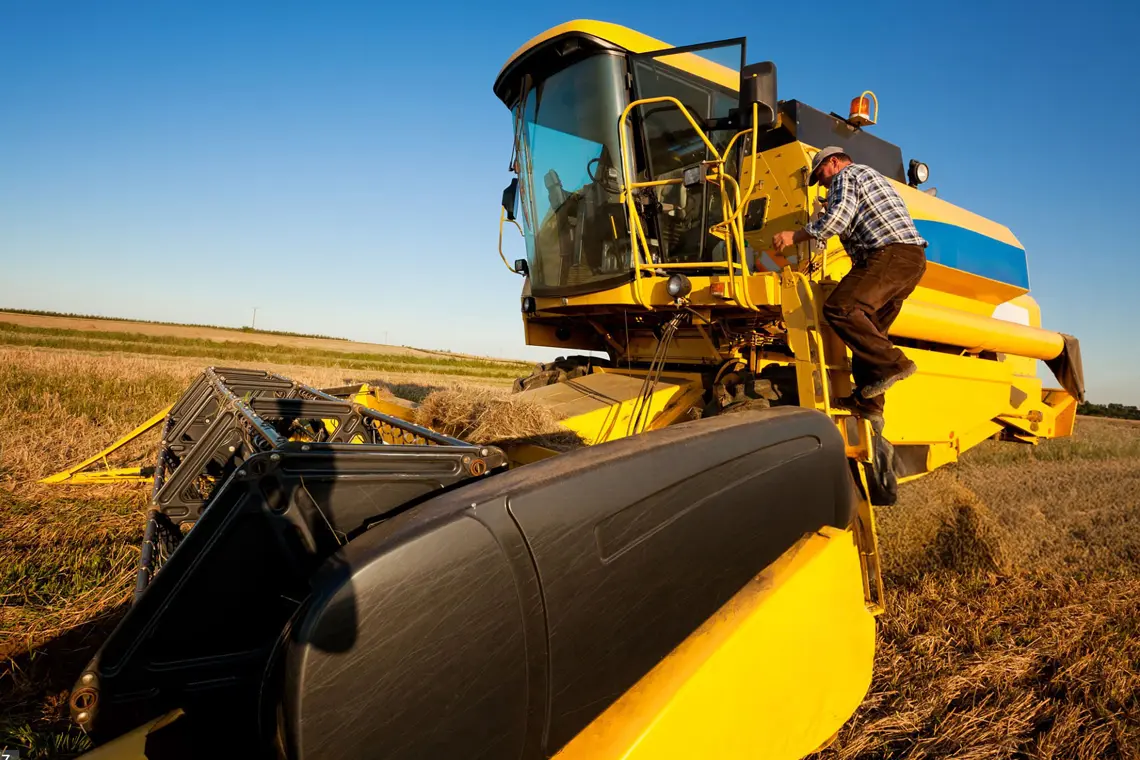Agriculture has long been the backbone of economies worldwide, and in recent years, agribusiness and food processing have become even more critical. With a growing global population and increasing demand for sustainable food solutions, investing in this sector presents significant opportunities. From advanced farming techniques to innovative food manufacturing processes, North America is at the forefront of agribusiness innovation.
Regions across the U.S. and Canada are rich in fertile land, advanced infrastructure, and supportive policies. Whether it’s high-yield crop production, animal husbandry, or cutting-edge food technology, this sector offers something for every investor. Plus, with consumers demanding healthier, more sustainable food options, there’s a growing need for businesses that can deliver high-quality products at scale.
Why Invest in Agribusiness & Food Processing?
The agribusiness sector isn’t just about traditional farming anymore—it’s a high-tech, high-growth industry ripe with opportunity. Here’s why this sector is so appealing:
Rising Global Food Demand
The global population is expected to reach nearly 10 billion by 2050, driving demand for more efficient and sustainable food production methods.Advanced Agricultural Technologies
North America is leading the way in agritech innovations such as precision farming, vertical farming, and smart irrigation systems, which are improving yields and reducing waste.Strong Supply Chain Infrastructure
With a well-established network of transportation, storage, and processing facilities, North America ensures that agricultural products reach markets quickly and efficiently.Government Support & Incentives
Both the U.S. and Canada offer significant incentives for agribusiness, including grants, tax credits, and subsidies for sustainable farming and food processing initiatives.
Key Opportunities in Agribusiness & Food Processing
Precision Agriculture:
Using technology like GPS, IoT sensors, and drones, precision agriculture helps farmers optimize their use of water, fertilizers, and pesticides, improving yields while reducing environmental impact.Food Processing & Packaging:
The demand for ready-to-eat and convenience foods is on the rise. Companies that invest in efficient food processing and eco-friendly packaging solutions can capitalize on this trend.Sustainable Farming Initiatives:
With increasing consumer demand for organic and sustainably produced food, there are growing opportunities in organic farming, regenerative agriculture, and sustainable aquaculture.Cold Storage & Supply Chain Solutions:
As global trade in perishable goods grows, investment in cold storage facilities and efficient logistics is becoming more important than ever.Plant-Based & Alternative Proteins:
The rise of plant-based diets has created a booming market for alternative proteins, including plant-based meats and dairy alternatives.
Regional Hubs & Infrastructure
In the United States, regions like the Midwest and California dominate the agribusiness landscape. The Midwest, often referred to as the “Corn Belt,” is known for its large-scale crop production, including corn and soybeans. Meanwhile, California leads in specialty crops such as fruits, vegetables, and nuts, thanks to its favorable climate and advanced irrigation systems.
In Canada, provinces like Saskatchewan and Alberta are key players in grain and livestock production. Saskatchewan, in particular, is one of the world’s largest exporters of wheat and canola, while Alberta has a strong beef industry. Additionally, Ontario and Quebec have thriving food processing sectors, supported by advanced infrastructure and access to major markets.
Government Support & Incentives
Governments in both the U.S. and Canada actively support agribusiness and food processing through various programs:
Grants & Subsidies:
Financial support is available for projects related to sustainable farming, agritech development, and food processing modernization.Tax Incentives:
Many regions offer tax breaks for agribusiness investments, particularly in areas such as renewable energy use, research and development, and export activities.Export Assistance Programs:
These programs help agribusinesses reach international markets by providing financial support for trade missions, marketing, and compliance with international regulations.
Success Stories
One standout success story is California’s dominance in the almond industry. Over the past few decades, innovative farming techniques and efficient supply chains have made California the largest almond producer in the world. Similarly, in Canada, Saskatchewan has become a global leader in pulse crops, with investments in research and development driving growth in this high-protein food category.

Challenges & Solutions
While the agribusiness sector offers immense potential, it’s not without challenges. Climate change, labor shortages, and supply chain disruptions are some of the key issues facing the industry.
To address these challenges, businesses are turning to technology-driven solutions such as automated farming equipment and AI-based logistics systems. Additionally, governments and industry associations are working together to ensure that labor needs are met through workforce development programs and immigration policies.
Next Steps
Whether you’re interested in cutting-edge agritech, sustainable farming, or large-scale food processing, North America offers a wealth of opportunities.



















